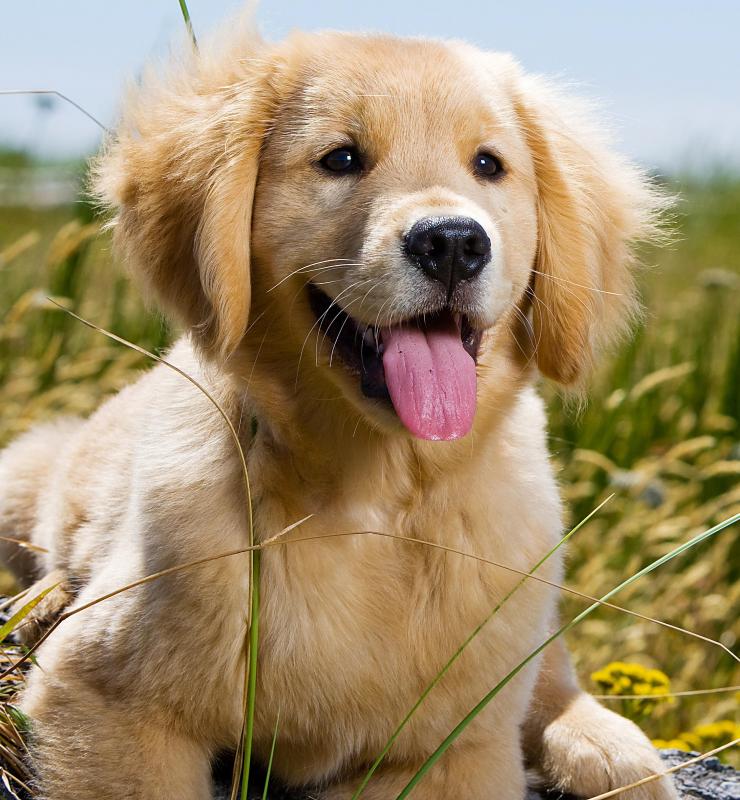At WiseGEEK, we're committed to delivering accurate, trustworthy information. Our expert-authored content is rigorously fact-checked and sourced from credible authorities. Discover how we uphold the highest standards in providing you with reliable knowledge.
Which Popular Dog Breed Celebrates Its Origins with a Summer Festival in Scotland?
Every five years, hundreds of golden retrievers and their owners gather at Guisachan House in Glen Affric, Scotland, the historic birthplace of the breed. Hosted by the Golden Retriever Club of Scotland, the Guisachan Gathering takes place amid the ruins of the 20,000-acre estate where the first golden retriever puppies were born 155 years ago.
The five-day summer festival is one of the largest of its kind and attracts owners and enthusiasts from across the globe. Around 500 dogs were present at the most recent gathering in July 2023. The festivities included a picnic, afternoon tea, group photo, competitive tug-of-war, workshops, and information sessions on topics such as canine separation anxiety and improving socialization skills. Attendees joined a mile-long procession to Guisachan House, where the dogs were welcomed by the stirring sounds of bagpipes.

In the 1860s, Scottish businessman and aristocrat Sir Dudley Marjoribanks, also known as Lord Tweedmouth, sought to breed a gun dog that was adapted to the terrain of the Scottish Highlands yet also had a friendly disposition. The first litter of puppies – named Primrose, Cowslip, and Crocus – were born to a tweed water spaniel (a now-extinct breed) and a flat-coated retriever on Lord Tweedmouth’s Guisachan (pronounced “yoush-agan”) estate in 1868.
In 1913, the golden retriever received official recognition by the Kennel Club. The breed’s popularity began to surge and spread worldwide during the interwar period. It is now one of the most recognized and registered dog breeds in many countries, ranking third in popularity in the United States. In addition to being exceedingly popular pets, golden retrievers are often chosen as service dogs due to their ideal combination of retrieving ability, size, gentle temperament, desire to please their owners, and impressive speed at acquiring new skills.
More canine facts:
- Golden retrievers are known for their gentle grip and can carry game between their back teeth without damaging it. Their grip is so soft that they can even carry a raw egg in their mouth without the shell breaking.
- Dogs have a much keener sense of smell than we do. A dog’s olfactory bulb, the smell-detecting part of the brain, is about 40 times larger than that of a human.
- Every dog has a distinctive nose print, similar to human fingerprints. This unique pattern can be used for identification in veterinary records.
AS FEATURED ON:
AS FEATURED ON:











Discuss this Article
Post your comments